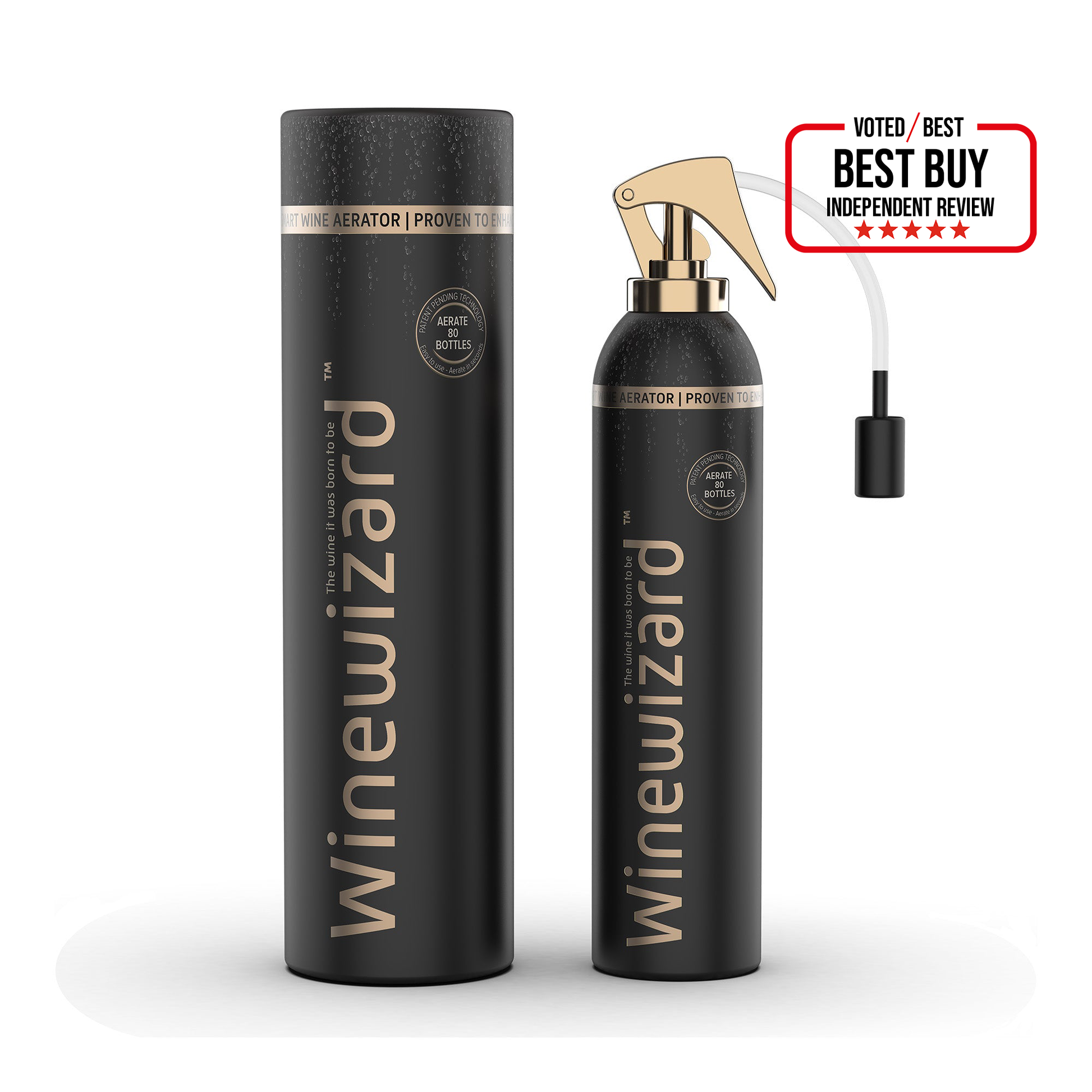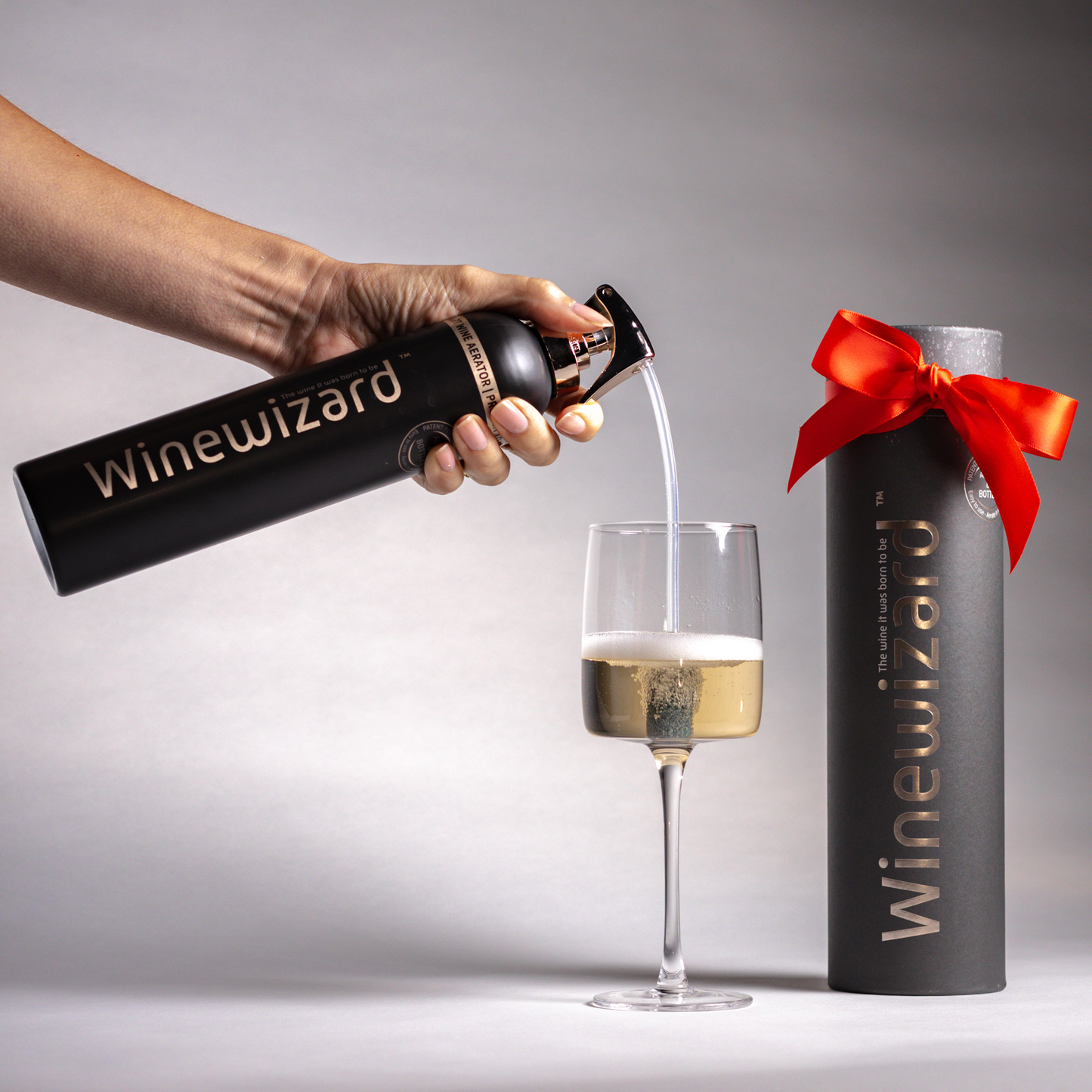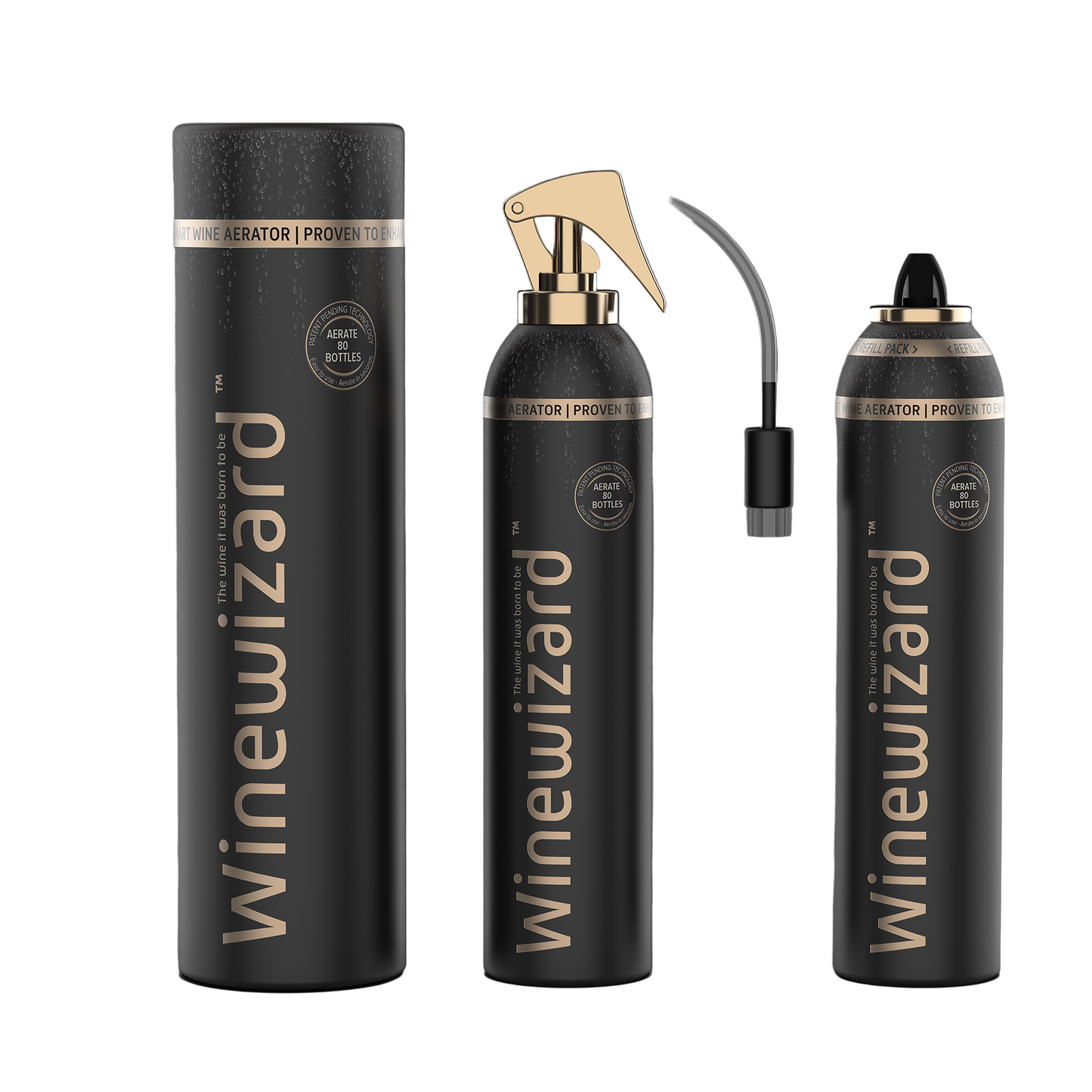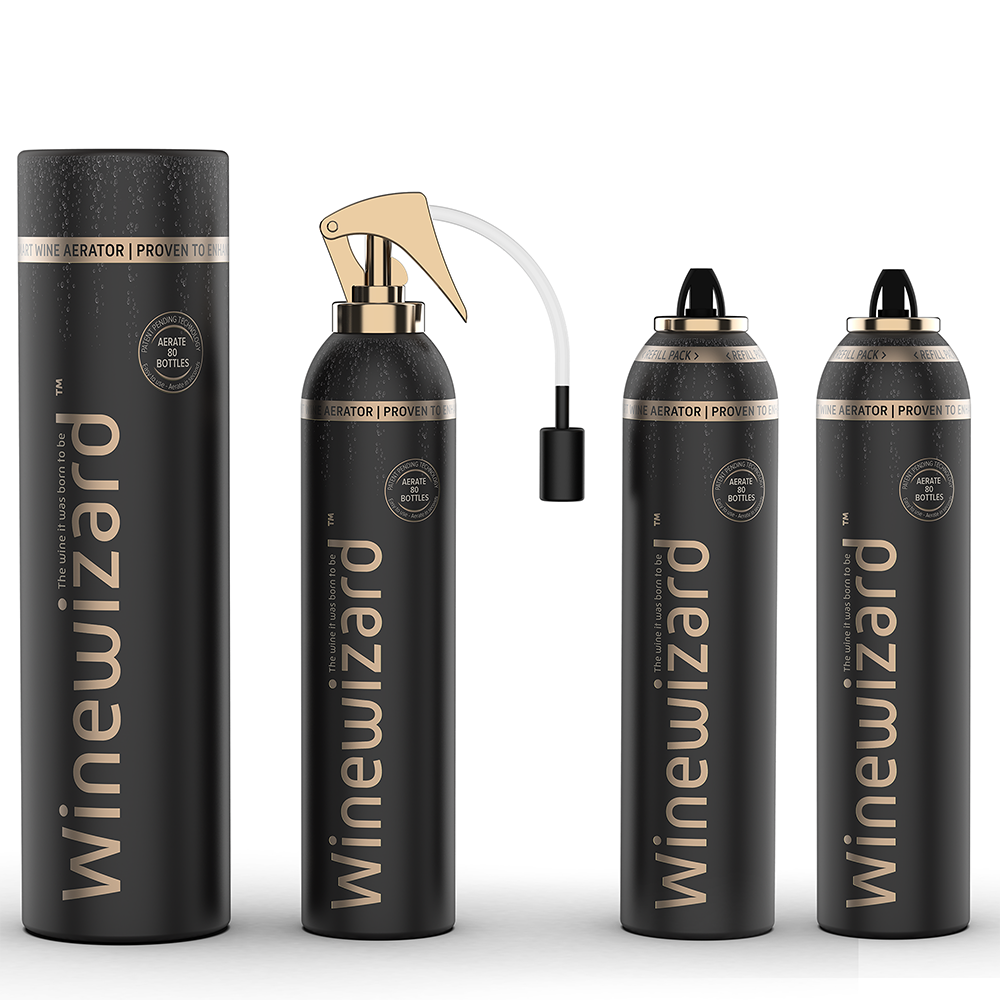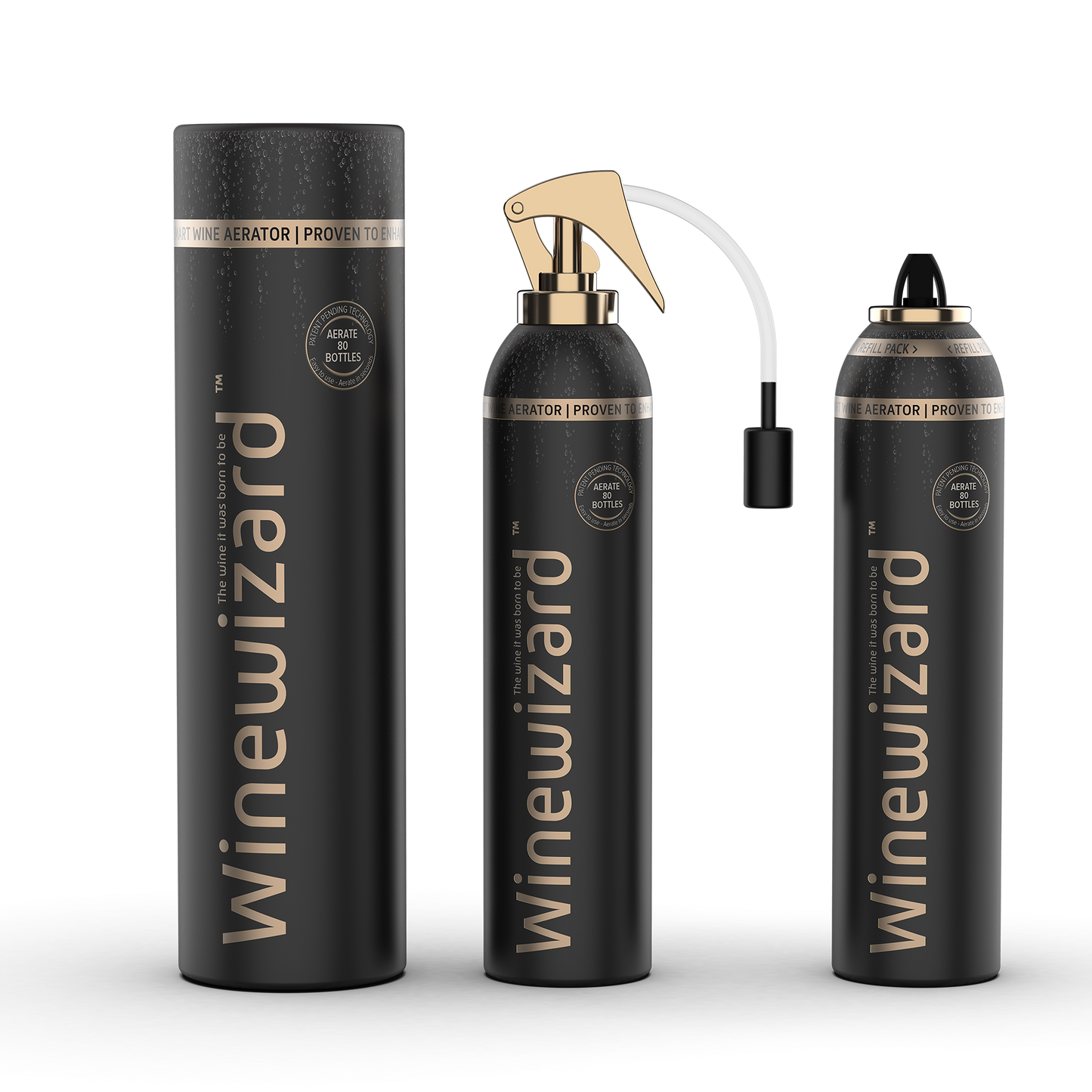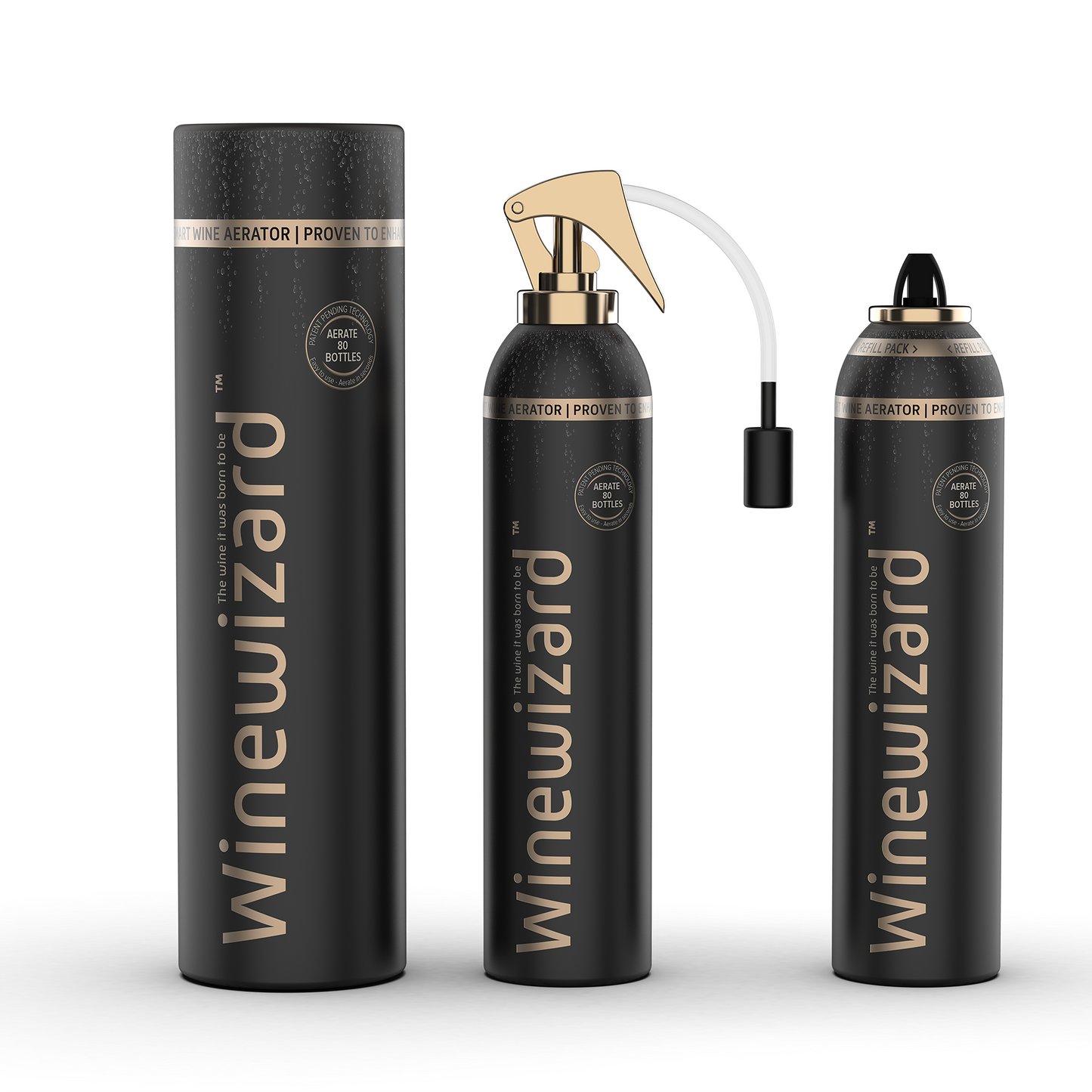
Why Swirling Wine Unlocks the Nose: The Science Behind Aroma Release
Have you ever noticed how swirling your wine in the glass seems to “wake it up”? It’s not just ritual — it’s chemistry, physics, and a touch of thermodynamics. Swirling enhances the wine’s aroma by promoting the release of volatile organic compounds (VOCs), but there's more going on beneath the surface. One of the lesser-known mechanisms is how temperature differentials — between the wine, the glass, your hand, and the surrounding air — help coax those aromatic molecules into the air and ultimately, to your nose.
Let’s break it down.
First, the obvious: when you swirl a glass of wine, you create a thin film that spreads along the inner surface of the glass. This dramatically increases the surface area exposed to air, giving volatile compounds more opportunity to escape the liquid and enter the glass’s headspace — the area above the wine where aromas gather.
But that’s just part of the story.
Here’s where it gets interesting. That thin layer of wine on the glass wall warms up quickly. Why?
- The glass is usually warmer than the wine — especially if the wine has just been poured and is cooler than room temperature.
- The ambient air is warmer than the wine film, particularly in a cozy dining room or tasting room.
- Your hand adds heat, especially if you’re cradling the bowl — a common habit with red wines.
This temperature difference matters. As the thin film of wine warms, the vapor pressure of the VOCs increases — meaning more of them evaporate into the air.
Unlike the bulk wine at the bottom of the glass, which warms slowly due to its volume, this thin moving layer is exposed to direct heat transfer from the glass wall and surrounding air. This creates microbursts of evaporation that refresh the aromatic content of the headspace every time you swirl.
Volatile organic compounds in wine are responsible for its aromatic complexity. These include:
- Esters – fruity, floral aromas (e.g. pear, banana, apple)
- Terpenes – floral and citrus notes (e.g. rose, orange blossom, linalool)
- Thiols – grapefruit, passionfruit, gooseberry (notably in Sauvignon Blanc)
- Aldehydes, ketones, phenols – which contribute spice, toast, and earthy tones
Some of these molecules are highly volatile and evaporate easily. Others need a bit of agitation or warming to break free from the wine's surface tension or to overcome solubility constraints. That’s where swirling and slight heating come into play.
🧠 So What Happens When You Swirl?
- You spread the wine in a thin layer along the glass.
- That layer heats up due to contact with the warmer glass and air.
- VOCs become more energetic and evaporate faster.
- The headspace fills with fresh aromatic compounds.
- When you sniff the wine, you get a more intense and layered aromatic experience.
Swirling also mixes oxygen into the wine, which can open up certain compounds (especially in young reds), but that's a separate effect — complementary, but distinct.
Swirling your wine is more than tradition — it’s an elegant way to exploit physics and chemistry to amplify your sensory experience. By understanding how temperature differences between wine, glass, and air affect evaporation, we begin to appreciate how finely tuned the wine-tasting process really is.
So next time you're in a tasting room or enjoying a glass at home, give your wine a gentle swirl and remember: you're not just moving liquid — you're conducting an aromatic symphony.


